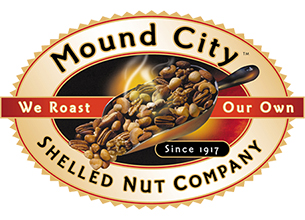Why Our Name?
Essentially, one of St. Louis’ early nicknames was “Mound City” because of the number of “Indian Mounds” scattered throughout the region. The earliest inhabitants far predate any European contact with the western hemisphere. Some 40,000 people lived here, centered at prehistoric Cahokia (in Southern Illinois).
That culture died out for unknown reasons, but they left behind remnants of their society in Illinois and some two dozen mounds in present-day north St. Louis. So many that the city was often called “Mound City!” Then later in the nineteenth century, city fathers had them razed for new streets and city developments.
About Cahokia Mounds
“I'm standing at the center of what was once the greatest civilization between the deserts of Mexico and the North American Arctic - America's first city and arguably American Indians' finest achievement - and I just can't get past the four-lane gash that cuts through this historic site. Instead of imagining the thousands of people who once teemed on the grand plaza here, I keep returning to the fact that Cahokia Mounds in Illinois is one of only eight cultural World Heritage sites in the United States, and it's got a billboard for Joe's Carpet King smack in the middle of it."
“But I suppose Cahokia is lucky. Less than ten miles to the west, the ancient Indian mounds that gave St. Louis the nickname Mound City in the 1800s were almost completely leveled by the turn of the century. Today only one survives, along with some photographs and a little dogleg road named Mound Street. The relentless development of the 20th century took its own toll on Cahokia. But most of its central features survived, and nearly all of those survivors are now protected. Cahokia Mounds may not be aesthetically pristine, but at 4,000 acres, it is the largest archaeological site in the United States, and it has changed our picture of what Indian life was like on this continent before Europeans arrived.”
Read the full “America’s Forgotten City” article at nationalgeographic.com

